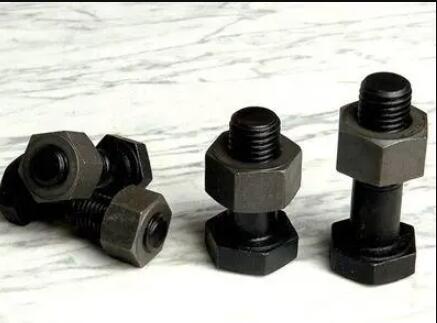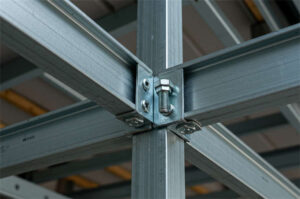Fastener's Strength and Durability: Grades of Fasteners
Fasteners with a greater purpose in large assemblies or joints require the most strength and durability to sustain the need of their application. As manufactured products, the characteristics of fasteners are influenced by their materials and processing methods. From common materials of steel, brass, aluminum, titanium, and plastic nylon, the identifying grades in strength and durability of fasteners differ from one another.
What are fastener grades?
Fastener grades are the markings or numbers found in the head of screws or bolts. These symbols specify a significant purpose that indicates a manufacturing class for each component. There are different types of markings on fasteners such as letters, numbers, dashes, slashes, dots, and others.
The two common grades of fasteners are SAE and Metric. SAE grades on bolts are created by The Society of Automotive Engineers to help identify valuable information about the fasteners using an imperial measurement system. Grades like 2, 5, and 8 and common representations of tensile strength, yield strength, and proof load for SAE-graded fasteners.
ISO or International Standards Organization is a worldwide organization that monitors the quality of fasteners in the market that have created Metric classes or a combination of two numbers separated by a dot. The common examples of metric grades on fasteners are 5.8, 8.8, 10.9, and 12.9, the higher the number is the stronger the material is.
Defining the terminologies
Before using any fasteners in critical projects, knowing their capacities such as tensile strength, proof load, and yield strength is a piece of important information to reduce the likelihood of failure in assemblies.
Tensile Strength
Understanding the tensile strength of fasteners can determine the amount of load they can withstand before they snap or break. It will also show how resilient the material is with the given stress from different applications and prolong their service. The tensile strength can be measured upon the distribution of fasteners by manufacturing companies by applying loads on the fastener.
Proof Load
Proof load refers to the limit of elasticity of bolts when tensioned for the load. When bolts experience deformation and exceed the proof load, the material starts to yield and lose ductility, but when the tension keeps the material at its original shape and size then the specified proof load has been achieved.
Yield Strength
Yield strength is the maximum amount of stress that a fastener can withstand before it completely deforms from an unbearable load. Any deformation in the material of fasteners caused by maximum yield strength is considered unreusable.
The different grades of fasteners
SAE & Metric Grades | Characteristics |
Grade 2 |
|
Grade 5 |
|
Grade 8 |
|
304 Stainless Steel |
|
316 Stainless Steel |
|
Other classes and grades of fasteners can propose different qualities depending on the elements of materials or manufacturing process. Additionally, fasteners can be improved with further advantages like coating to decrease the torque during the application, fight corrosion, and reduce friction. Some common examples of coatings with grade 2, 5, 8, and Alloy steel are galvanizing or yellow zinc-coating.
When unsure about fastener grades it is best to consult professionals and experts to overcome the risk of using the wrong component in your projects. Contact us now for fastening tips and related concerns.















